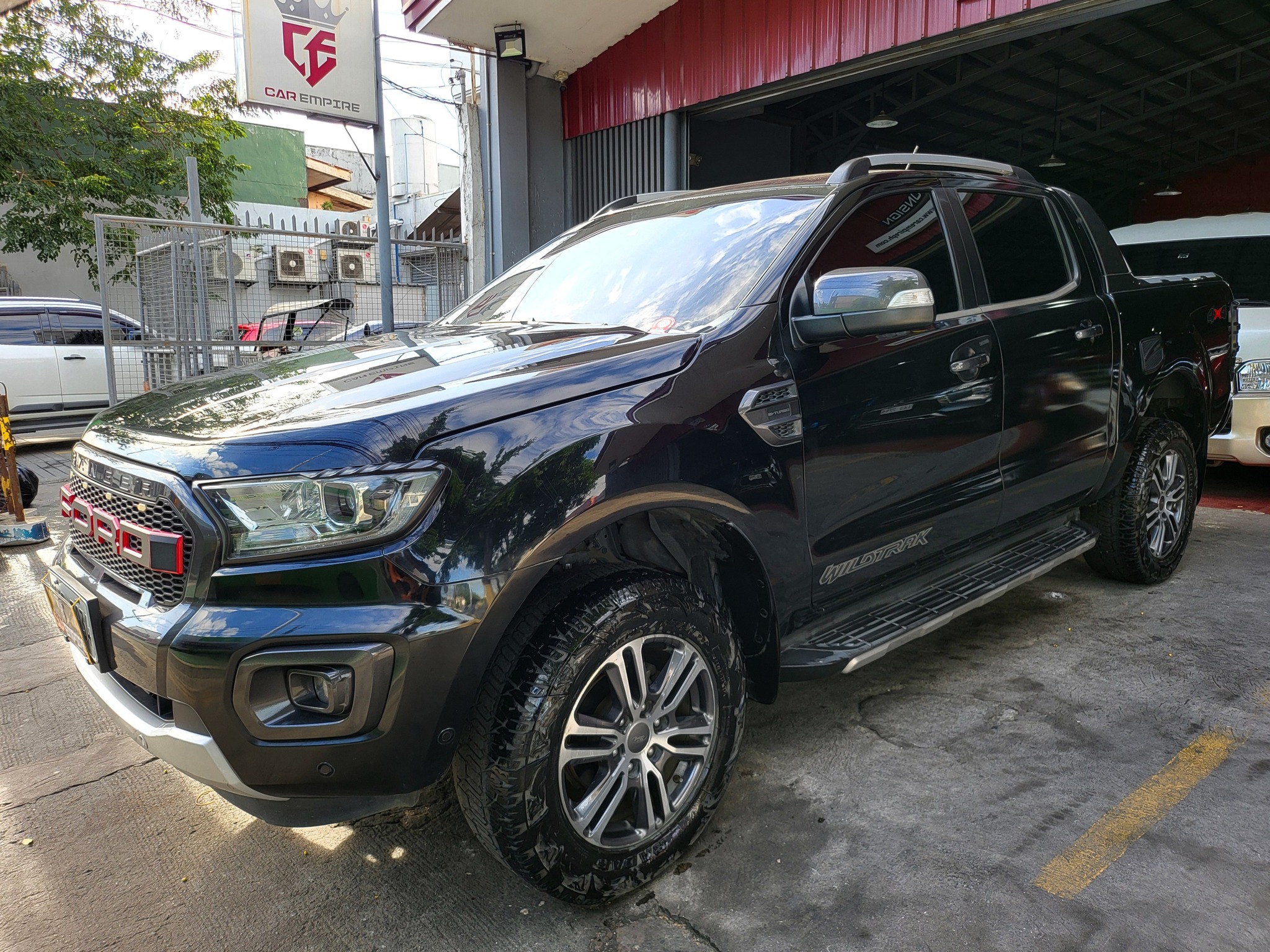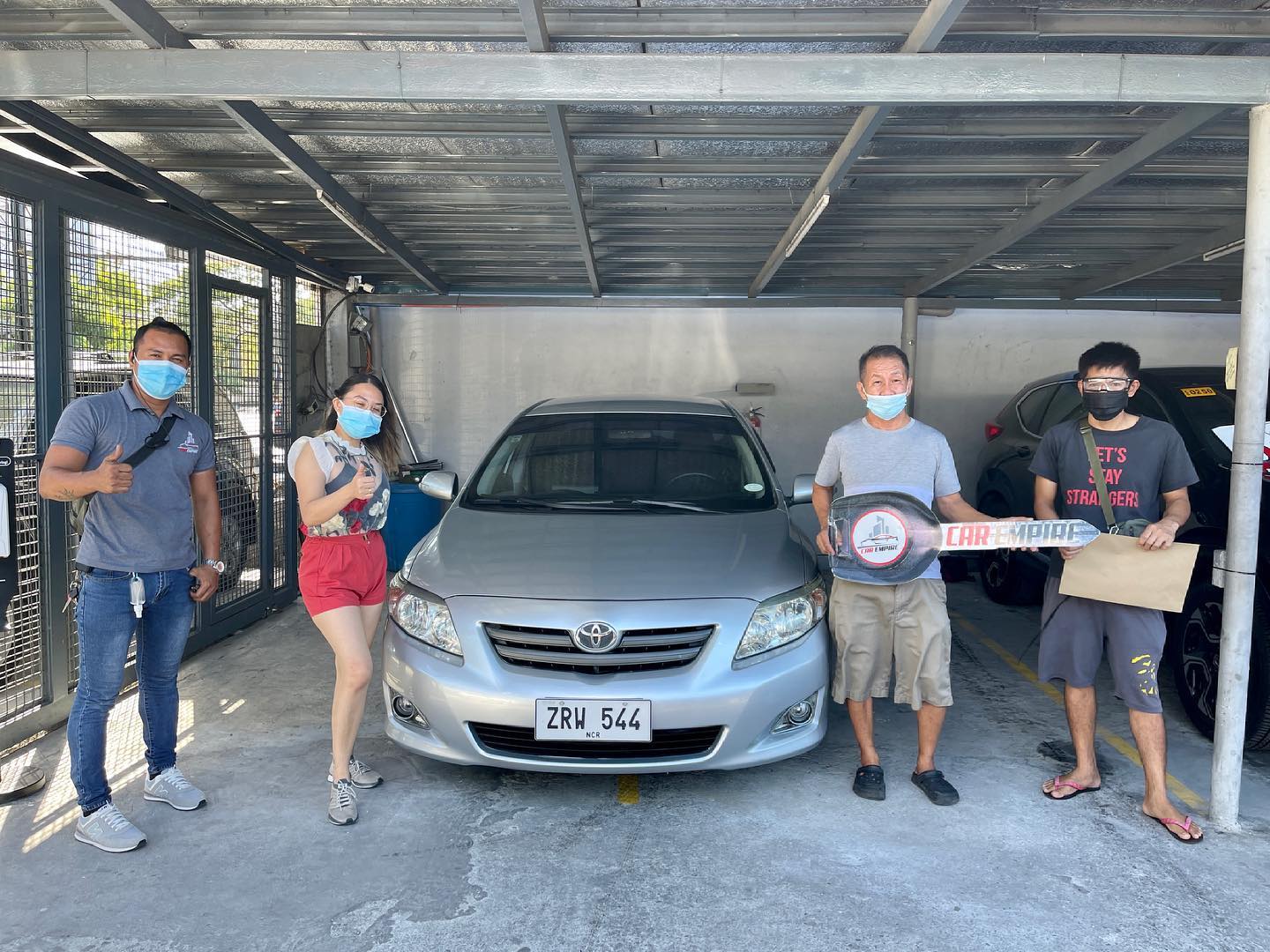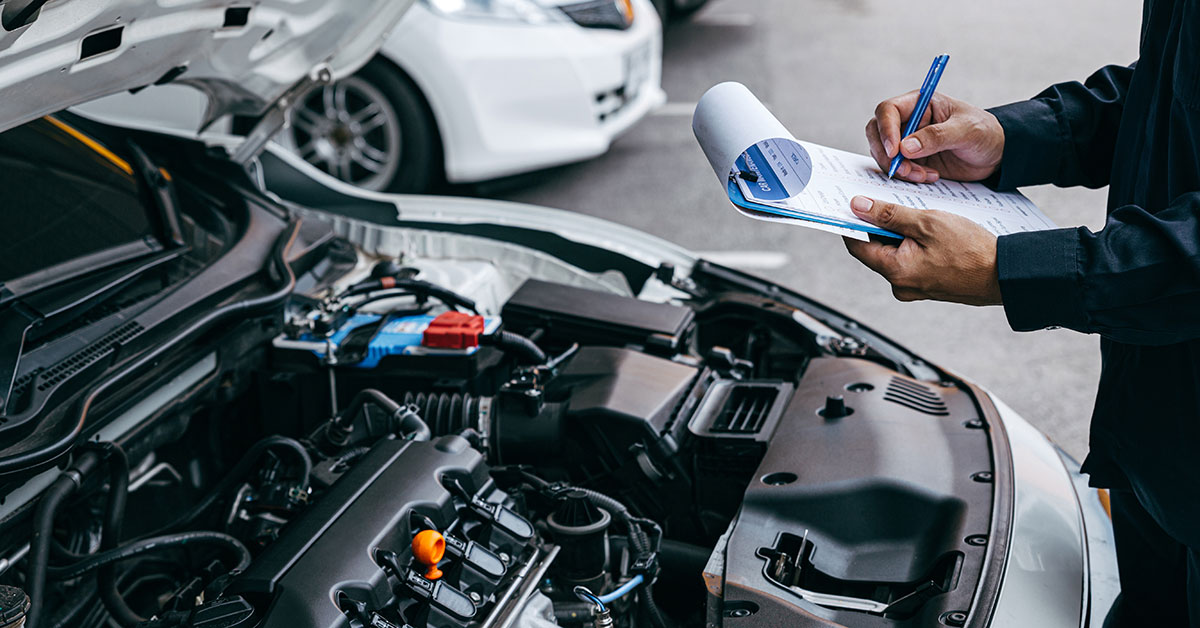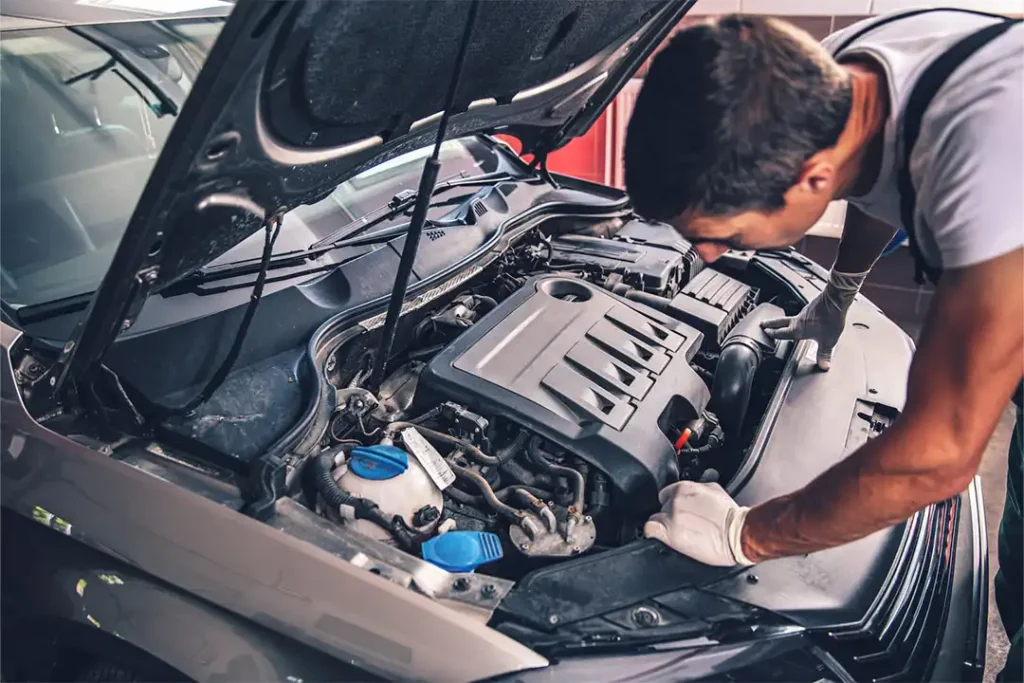Vehicle safety and comfort go hand in hand—and both rely heavily on your braking and suspension systems. While often overlooked during routine checkups, these two systems are crucial to ensuring responsive handling, reliable stopping power, and an overall smooth driving experience. When they wear out or get damaged, braking & suspension parts replacement becomes not just a suggestion, but a necessity.
This guide breaks down why these systems matter, what signs to watch out for, and how to properly address issues with professional replacement and maintenance.
Why Braking & Suspension Systems Matter
Your car’s braking and suspension systems work as the backbone of safe driving. Brakes allow you to stop or slow down with control, while the suspension system ensures that your vehicle maintains optimal contact with the road—even on uneven surfaces.
The suspension system is responsible for absorbing shocks from potholes and road irregularities, maintaining tire alignment, and supporting weight distribution. Meanwhile, the brake system provides the stopping power necessary to avoid accidents, especially in high-speed or emergency situations.
Both systems are interconnected—if your suspension is off, it can throw off braking performance. That’s why braking & suspension parts replacement is often handled together when issues arise.
Effects of Road Conditions on Brakes and Suspension
Bad roads aren’t just annoying—they can seriously damage your vehicle. Constant driving over potholes, speed bumps, or bumpy terrain wears down shocks and struts, causing misalignment or broken suspension components. This not only results in poor handling but also accelerates brake wear.
For example, when wheel alignment is off, brake components such as pads and rotors may experience uneven pressure, leading to early deterioration. If you’ve recently driven through rough terrain and noticed changes in how your car feels, it’s time to check if you need braking & suspension parts replacement.
Signs You Need Braking & Suspension Parts Replacement
Drivers often wait until a complete failure occurs before seeking repairs. To avoid expensive damage or dangerous situations, watch out for these common signs that you need braking & suspension parts replacement:
- Difficulty turning or unstable steering: A failing suspension system may cause your steering to feel loose or unresponsive.
- Uneven tire wear: Misaligned wheels, caused by damaged suspension, can lead to irregular tread wear.
- Vibrations while braking: This may signal warped brake rotors or worn suspension parts.
- Pulling to one side: A faulty brake caliper or uneven suspension pressure can cause this issue.
- Squeaking or grinding noises: These are typical indicators of worn-out brake pads or calipers.
- Longer stopping distances: Your braking system may be compromised and require immediate attention.
Ignoring these signs could result in more severe damage and higher repair costs down the road.
Key Components Involved in Braking & Suspension Parts Replacement
To better understand what’s involved in this essential maintenance, let’s look at the main components that technicians inspect and replace during braking & suspension parts replacement.
Brake Components
- Brake Pads: These apply pressure to the rotors to slow your vehicle. Worn-out pads reduce braking efficiency and can damage rotors.
- Disc Rotors: These metal discs rotate with the wheels and experience friction from the pads. Warped or thinned rotors must be replaced.
- Brake Calipers: These house the brake pads and squeeze them against the rotors. Faulty calipers may stick or leak fluid.
- Wheel Hubs: Integral to both braking and suspension, the hub connects the wheel to the axle. Damaged hubs cause vibration and noise.
Suspension Components
- Shock Absorbers and Struts: They reduce bounce and absorb road impact. Leaking or worn shocks lead to a rough ride.
- Control Arms and Bushings: These maintain proper wheel alignment. Damaged bushings can cause instability.
- Ball Joints: These pivot components enable smooth wheel movement. Worn joints can cause clunking or misalignment.
- Coil Springs: Support the weight of the car and work with shocks to maintain ride height. Broken springs must be replaced immediately.
During braking & suspension parts replacement, a skilled technician will assess all these components for wear, damage, or malfunction and replace them as needed.
The Replacement Process: What to Expect
Understanding what happens during a braking & suspension parts replacement service can help you feel more confident in choosing the right provider.
Inspection & Diagnostics: A certified mechanic will begin with a full inspection, including a road test and digital diagnostics to check for error codes or uneven pressure readings.
Component Assessment: Each element—pads, rotors, shocks, bushings, and joints—will be physically examined for signs of wear or damage.
OEM vs Aftermarket Parts Selection: You’ll typically be given the option between original equipment manufacturer (OEM) and aftermarket parts. OEMs guarantee a direct fit and reliability, while aftermarket options can be more budget-friendly.
Replacement and Testing: Faulty parts are replaced, systems are reassembled, and final testing is done. This may include wheel alignment or brake fluid top-up.
Always ensure the shop uses manufacturer-grade tools and replacement parts to guarantee performance and safety.
Why Timely Replacement is Critical
Delaying braking & suspension parts replacement can lead to a chain reaction of other vehicle issues:
- Safety Risks: Compromised brakes or suspension can result in loss of control or longer stopping distances, especially in emergencies.
- Higher Repair Costs: A damaged rotor from ignored brake pad wear can triple your repair bill.
- Poor Fuel Efficiency: Misaligned suspension and dragging brakes can cause your vehicle to use more fuel.
- Tire Damage: Uneven suspension wear leads to faster tire deterioration and costly replacements.
- Decreased Resale Value: Vehicles with poor maintenance history fetch much lower prices on the market.
Staying proactive helps preserve both your wallet and your well-being.
Choosing the Right Auto Service Provider
Not all workshops are created equal. Choosing a qualified provider for braking & suspension parts replacement ensures that your car receives the care it needs.
Look for:
- Certified technicians with experience in your specific vehicle make and model
- Advanced diagnostics equipment to detect early signs of system failure
- Clear, transparent pricing and warranty options for parts and labor
- Customer reviews and testimonials that speak to quality and reliability
A trusted shop can help extend the life of your vehicle and catch minor issues before they become major problems.
Braking & Suspension Maintenance Tips
Beyond replacements, there are smart ways to keep your brakes and suspension in peak condition:
- Schedule routine inspections every 10,000 to 15,000 km or at least twice a year
- Rotate your tires and check alignment regularly
- Monitor brake fluid levels and have them flushed as needed
- Avoid aggressive driving, such as hard braking or fast cornering
- Report unusual noises or handling issues as soon as you notice them
Proper maintenance reduces the frequency of braking & suspension parts replacement and ensures your car remains safe and comfortable.
Takeaway
Maintaining your vehicle’s performance means paying attention to more than just the engine. The condition of your brakes and suspension plays a vital role in how your car handles and how safe it is on the road. Whether it’s replacing worn brake pads, fixing a leaking shock absorber, or aligning your wheels after a pothole hit, timely braking & suspension parts replacement can make all the difference.
Don’t wait for a warning light or a breakdown. Schedule a professional inspection today and keep your journey smooth, safe, and stress-free.










